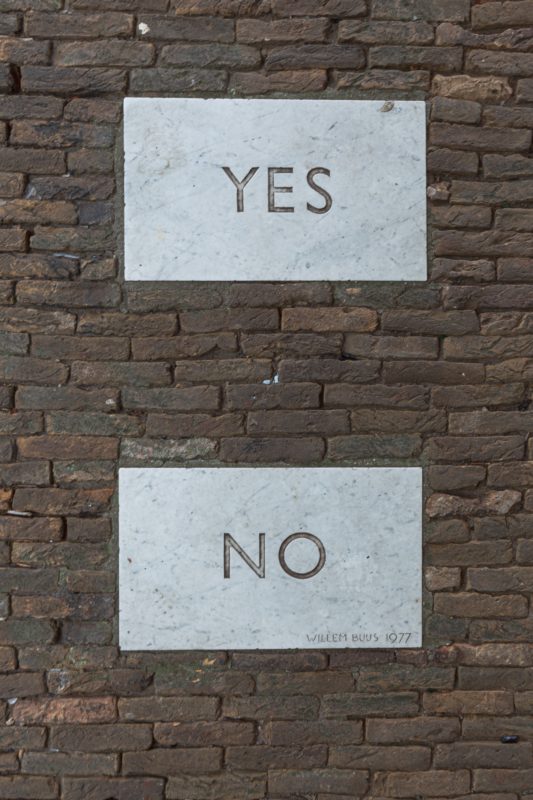No matter how careful a planner you are there inevitably will be times when people are looking to you for a very quick and very large decision. It’s simply one of the pressures of leadership.
Sadly, there is no leadership formula which will guarantee the right decision at every crunch time. There are some broad principles, however, which may serve to guide you when this situation is upon you.
Here is a roadmap of steps to consider next time you experience the crunch of a big, urgent decision.
- Pause. The first thing to do is get into a frame of mind which allows you to process. That likely means at least a few minutes to yourself. Maybe that means taking a quick walk or getting to a private place. The main thing is to put some space between you and urgency, especially if the request if coming from someone who is asking you directly. Sometimes our need to feel like we have to respond on the spot can override any better decision we would arrive upon if we had a few minutes to ponder. Despite the tension someone may be bringing with them most any decisions can spare at least a few minutes to give you undisturbed think time. Sharing with them you need to think on options and will get back with them by a specific time will help lower temperatures.
- Determine the highest “Why.” As you ponder carefully think through the purpose, mission, and values of the work. What decision is most in line with moving these forward? It’s hard to go wrong when you go with the foundational reasons for the organization to exist. Even if your decision disappoints some people the response will make more sense (and becomes difficult to argue against) if it is line with the reasons for the work itself.
- “What the best thing/worst thing that could happen?” An age-old exercise is to write out lists of pros and cons when making decisions. If an action is quickly needed making yourself write out best/worst outcomes does help crystallize what situations might look like. Begin with the question itself of if action has to be taken immediately. What the best outcome if quick action is taken? What is the worst? Which of these can you live with or best manage? Work yourself through key questions to see where they take you.
- Connect with others. The best decisions are rarely made in solitude. Do you have a mentor or friend who has been in a similar situation? Who are the key stakeholders in the work you can talk with about the ramifications? One shouldn’t be afraid to pull together a small group of those involved in the work to solicit input or to give feedback on your thoughts. Chances are high a couple of angles you hadn’t considered with come forward.
The biggest dynamic to avoid getting pulled into is an unneeded and ill-informed decision. Above all you need a clear grip on what is truly important versus what is merely a manufactured urgency.
If you are not familiar with the Eisenhower Matrix on understanding how to separate these two I highly recommend you apply it in the ways that fit your situation.
The main and immediate objective is to put yourself in the best position to get the input you need, make the considerations you need to make, and decide on the timeframe needed for the response to be put into action. If you can lead your team in this way then they will feel you are positioning them for success.
